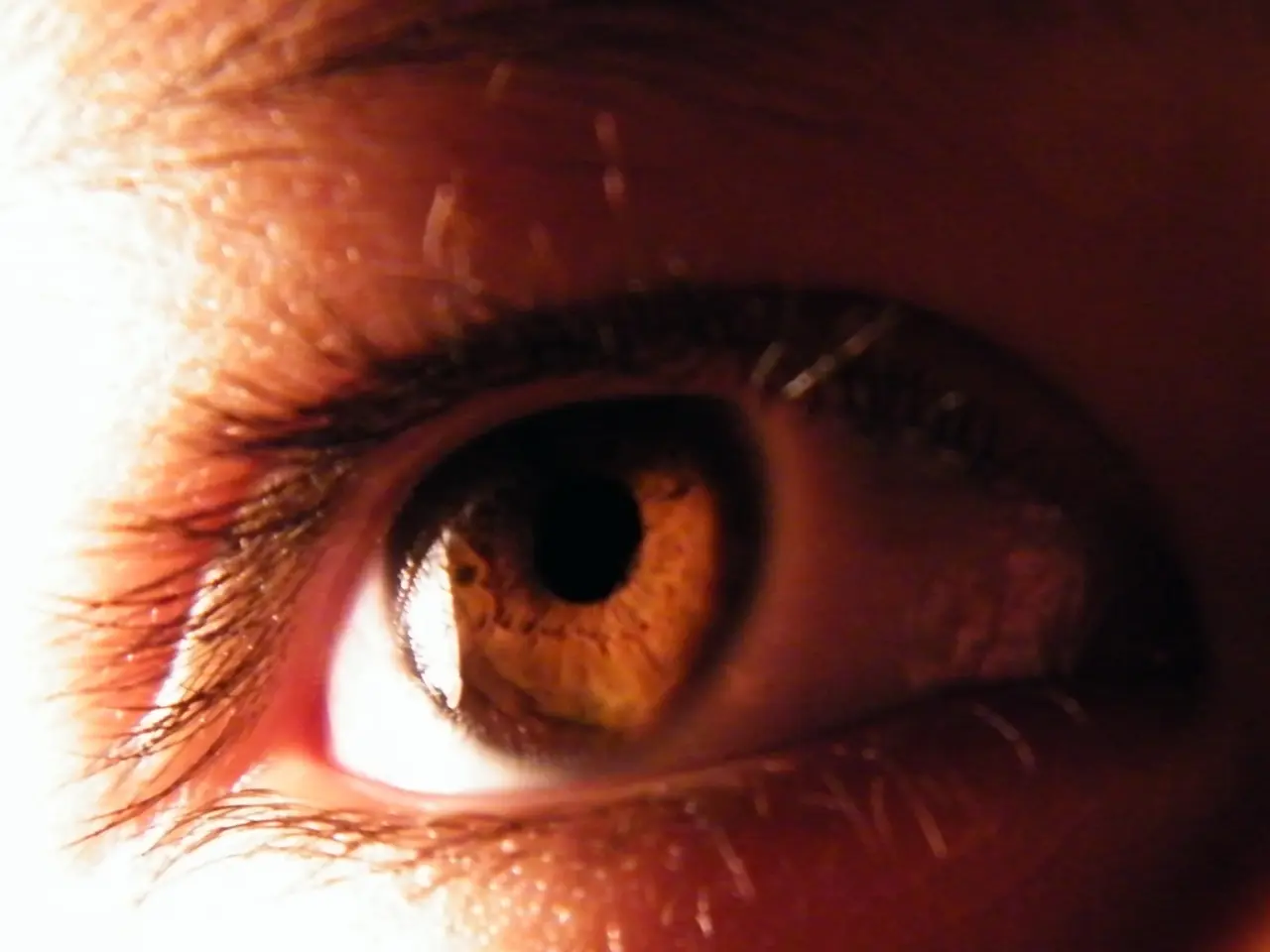Facial Botox Treatment Locations and Their Specific Effects
Botox, once synonymous with a frozen forehead and rigid expressions, has evolved into a sophisticated tool for enhancing facial features, softening lines, and creating balance – all while preserving movement. This guide offers essential insights into the most effective Botox treatments for different areas of the face and neck.
Tailor treatment by area and muscle function
When it comes to Botox, precision is key. For the upper face (forehead, frown lines, crow’s feet), precise doses are used to relax overactive muscles causing wrinkles, while maintaining a natural expression. These areas reveal signs of aging first due to repetitive muscle movement.
In the neck, targeting the platysma muscle can reduce vertical platysmal bands, mild sagging, and jawline softening. This is done via injections along the neck muscles, often referred to as a Nefertiti Lift when aimed at jawline definition. Botox here relaxes the muscle to lift and smooth the neck without surgery.
For jawline slimming or mild sagging, Botox can create an upward lift by relaxing the platysma, improving the jawline contour.
Start with conservative dosing
Beginning with small amounts of Botox is recommended rather than large doses. This approach allows for assessment of effects and reduces the risk of overly stiff or "frozen" facial expressions. "Baby Botox" injections or "Botox sprinkles" allow for subtle improvements and natural movement preservation.
Consider individual patient factors
Botox is best suited for early to moderate signs of aging with good skin elasticity – typically patients in their late 30s to 50s for neck treatment. More advanced sagging or skin laxity may require combined treatments such as fillers or surgery.
Work with an experienced injector
Precise injection points and dosing tailored per muscle and patient anatomy are crucial. Skilled practitioners understand how to soften lines while preserving movement, avoiding an unnatural frozen look.
In summary, the most effective Botox treatment involves area-specific targeting of muscles with moderate dosing and careful patient selection to soften dynamic wrinkles while maintaining facial mobility, especially to avoid the frozen appearance. The neck requires injections into the platysma muscle to reduce bands and provide a subtle lift (Nefertiti Lift), while facial treatments target commonly aged muscles like those on the forehead and around the eyes.
Precision is paramount in injectable treatments, as tiny changes in depth or angle can have a major impact on the outcome. Botox can also be used to relax the masseter muscles, which can relieve tension from teeth grinding and contribute to a slimmer face shape.
Dr Jennifer Owens, an aesthetic doctor and Medical Director of The Glow Clinic, was consulted to explain how Botox works in different areas and the various treatment options. The most commonly known areas for Botox are the "three areas" of the upper face: forehead lines, frown lines between the brows, and crow’s feet around the eyes. However, the use of Botox has expanded beyond these classic three areas to include "baby Botox" for touch-ups, Botox "sprinkles" to preserve movement, Botox for excessive sweating, jawline slimming, and neck lengthening.
Choosing a qualified and experienced practitioner is essential for achieving natural, beautiful results.
- Precision is crucial in Botox treatments, as precise doses are used to relax overactive muscles causing wrinkles while maintaining a natural expression, especially in the forehead, frown lines, and crow's feet.
- In the neck, Botox can target the platysma muscle to reduce vertical platysmal bands, mild sagging, and jawline softening, contributing to a subtle lift often referred to as a Nefertiti Lift.
- For jawline slimming or mild sagging, Botox can create an upward lift by relaxing the platysma, improving the jawline contour.
- When starting with Botox, it is recommended to begin with small amounts to allow for assessment of effects and avoid overly stiff or "frozen" facial expressions.
- Botox is best suited for early to moderate signs of aging with good skin elasticity – typically patients in their late 30s to 50s for neck treatment.
- Working with an experienced injector who understands individual patient factors and can target muscles appropriately is essential for achieving natural, beautiful results.
- Botox can also be used to relieve tension from teeth grinding by relaxing the masseter muscles, ultimately contributing to a slimmer face shape.
- The expansion of Botox treatments includes use beyond the classic three areas – forehead lines, frown lines between the brows, and crow’s feet around the eyes – to other areas such as "baby Botox" for touch-ups, Botox "sprinkles" to preserve movement, Botox for excessive sweating, jawline slimming, and neck lengthening.




